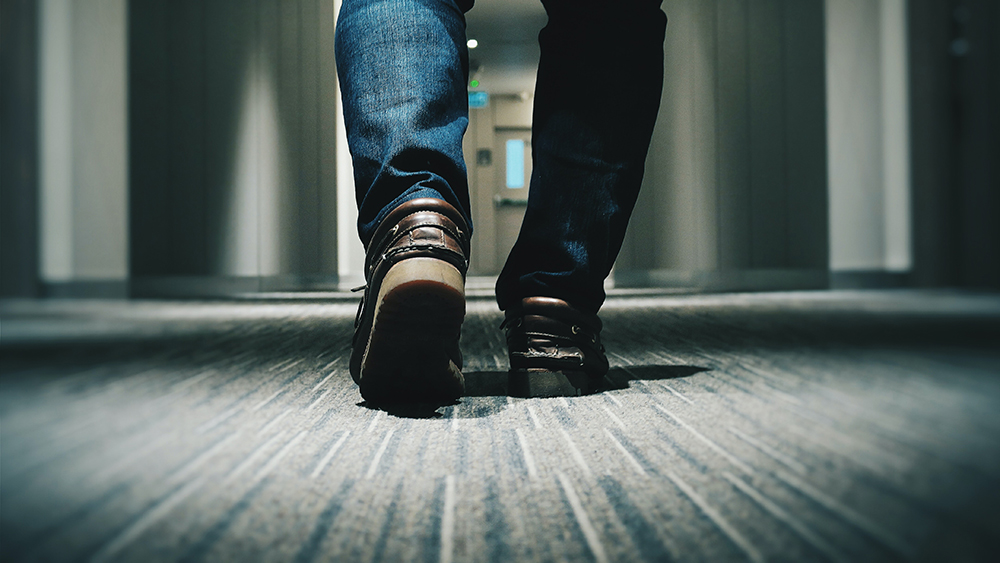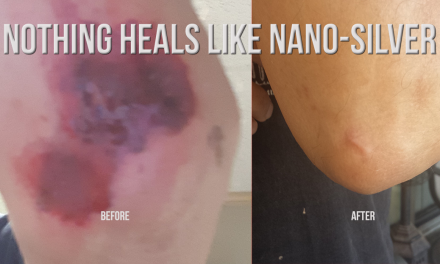When I moved into my current home in Pacific Palisades, California, nearly 20 years ago, I was searching for nontoxic resources: paints, carpeting, and other furnishings. My search was mostly met with odd looks and raised eyebrows (ah, the olden days!). So I was overjoyed to find Mary Cordaro, just starting out on her path as a consultant on healthy, green home building and remodeling. She spoke my language! She became my non-toxic home guide to whom I referred friends and patients over the years: those with allergies, or simply, interested in green, non-toxic living. Mold, volatile chemicals, indoor and outdoor pollution—you name it, she’d have a resource.
My latest concern, likely in response to those incessant commercials, is the existence of disgusting invisible dust mites that camp out in our mattresses, living off our skin flakes (yuck!). I asked Mary Cordaro what she does for that and she referred me to this article of hers, which follows in its entirety.
One of the easiest ways to reduce our homes’ chemical loads is to remove shoes upon entering the house.
Allergy sensitivities are on the rise. They’ve doubled since the 1970s, according to a 2005 study by the National Institutes of Health. Some of that increase may be because most of us spend up to 90 percent of our time indoors, meaning we are almost constantly exposed to airborne allergens in our offices, homes and cars.
The most common home allergens are particulates and chemicals. Particulates include seasonal pollen, mold, dust, dust mites and animal dander. Indoor chemicals associated with allergies include formaldehyde, volatile organic compounds (chemicals that outgas from products such as plywood and fiberboard), conventional paint and finishes, and permanent fabric treatments. By improving air flow and reducing sources of particulates, chemicals and moisture, we can reduce our homes’ levels of typical airborne allergens. Here are some strategies.
Particle Matters
Many of the chemicals in our homes are tracked in from our shoes and pets’ feet. One of the easiest ways to reduce our homes’ chemical loads is to remove shoes upon entering the house. We can also reduce exposure to tracked-in grime by making bedrooms off-limits to pets.
To control allergens that do get in, vacuum frequently, including upholstered furniture, with a HEPA vacuum independently certified to capture at least 99 percent of particulates. This is especially important if you have wall-to-wall carpet or pets. If you don’t have a HEPA vacuum, open windows while vacuuming and for 30 minutes afterward, as non-HEPA vacuums can stir up allergens. You might also invest in a HEPA air cleaner that filters particulates such as dust, pollen, dander and mold. The best HEPA cleaners contain carbon for chemical filtering.
Moisture Patrol
Moisture helps create an ideal environment for mold and other allergens. One of the most common sources of indoor moisture is condensation from bathing and cooking. Run exhaust fans when cooking and for 30 minutes after bathing, even if your bathroom has a window. (Make sure exhaust fans vent to the outdoors.) While fans are running, it’s wise to crack a nearby window to provide a source of makeup air (see “This House Doesn’t Suck” below). Outdoor moisture may also lead to indoor mold. Make sure your home’s drainage directs water away from foundation walls.
In basements, avoid materials mold thrives on such as drywall and carpet. Instead, choose hard materials such as concrete, ceramic, tile and stone. Keep moist basement air out of living spaces by installing an airtight seal around the basement door and caulking holes where plumbing and electrical wires pass from the basement to the ground floor. Also install weatherproofing around attic doors.
Carpet cleaning and humidifying increase indoor moisture. If carpet doesn’t dry quickly after cleaning, you may end up with low levels of mold you canft see or smell. Use chemical-free cleaning methods that require the least water, and only clean carpets when humidity is low and you can open windows. If you hire professionals, ask them to extract as much moisture as possible. If you use a humidifier, use filtered water and clean the reservoir with three percent hydrogen peroxide before refilling to prevent mold and bacteria.
Death to Dust Mites
The average bed is home to 100,000 to 10 million dust mites. Along with their favorite food.our skin particles. mites thrive on warmth, moisture and darkness. Before making the bed, pull back covers and air bedding, reducing moisture. When itfs sunny, air bedding outdoors. Wash sheets in hot water weekly if you are dust mite-sensitive. Unless they are filled with organic or chemical-free wool, which is naturally mite-resistant, encase mattresses, pillows and comforters with nontoxic dust mite barrier covers tightly woven to at least 4.91 microns. Seek barrier covers that are free of PVC and antimicrobial, stain- or wrinkle-resistant treatments (see Resources).
Increase Air Flow
Unless you have seasonal pollen allergies or live in a highly polluted area, open windows whenever weather allows. Fresh air and sunlight are great remedies for high levels of particulates, mites, moisture and chemicals. For fast relief, open windows and turn on all exhaust fans. Whole-house fans ventilate your entire home. If you install one, make certain its exhaust is mechanically vented to the outdoors, not into the attic.
This House Doesn’t Suck
When you turn on your furnace, air conditioner or exhaust fans, your home may become negatively pressurized, an effect that causes indoor air to suck in pollutants from basements, wall cavities, attics and crawl spaces. To prevent this effect, keep all interior doors open and crack one window on each floor when furnace or fans are running. Change furnace filters when you see grime buildup, or once every six months.











